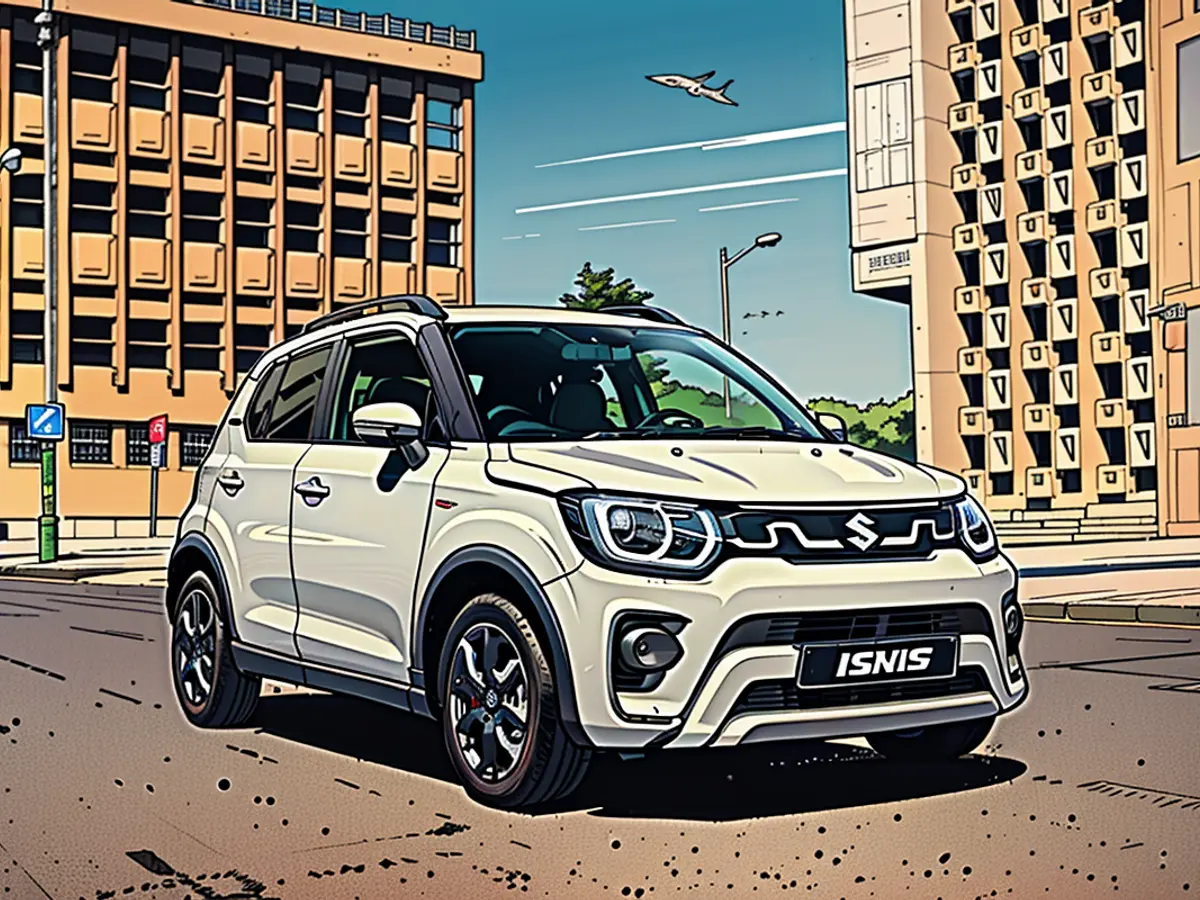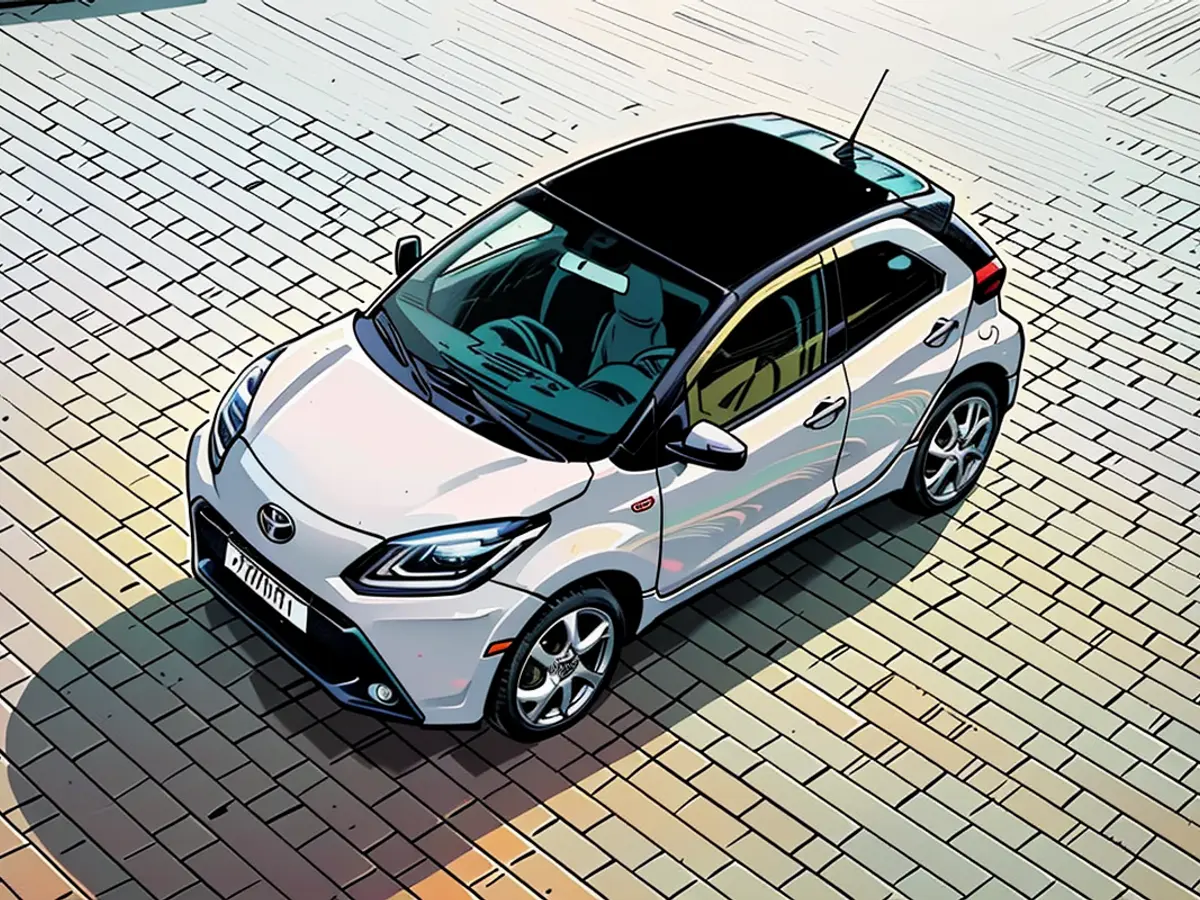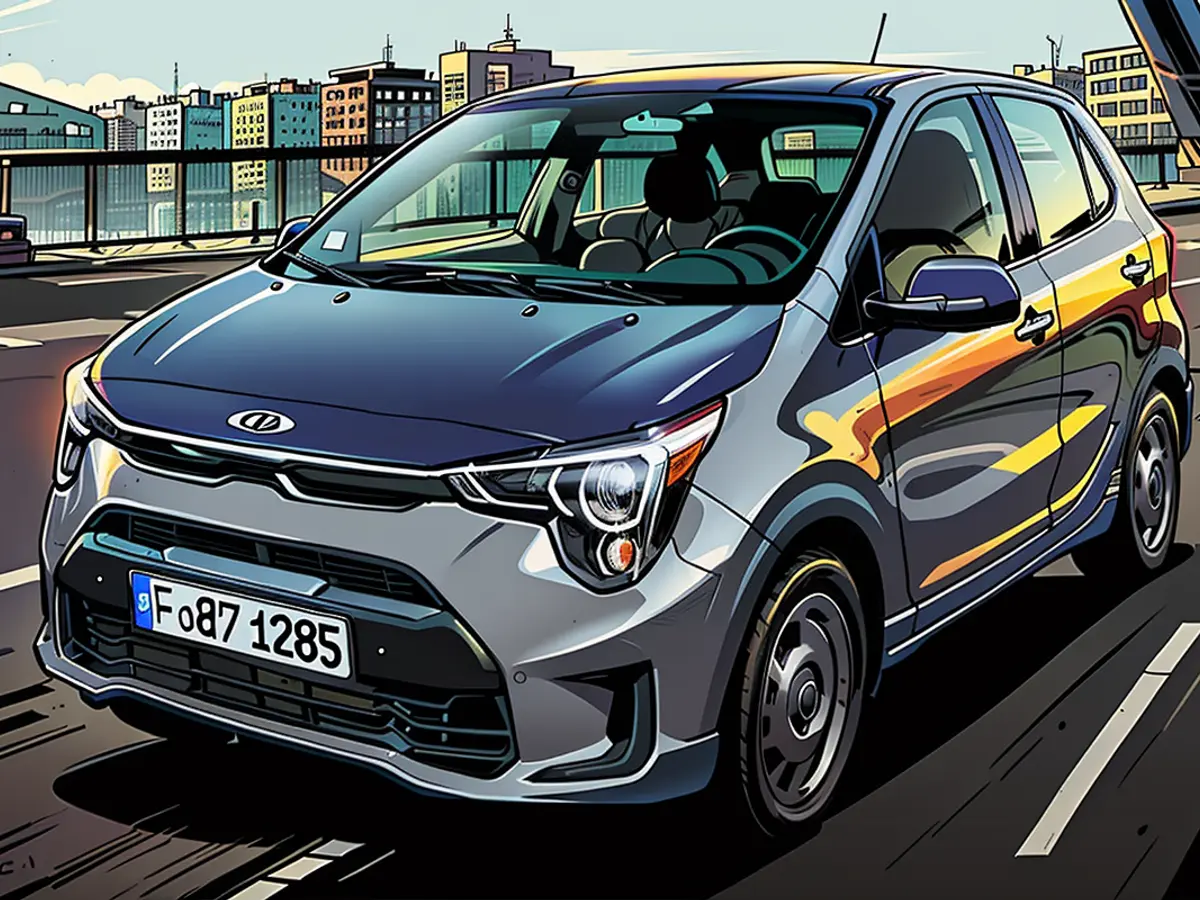Minivans - there were only five left
Small Cars, Small Margins, No Business: The Subcompact Car Disappears from Showrooms. Only Five Models Remain on the German New Car Market. We Present Them, From Fiat to Toyota.
It's not usually a lack of demand that has led models like the Ford Ka, Opel Karl and Adam, Citroën C1, Peugeot 108, Seat Mii, Skoda Citigo, Smart Fortwo, or Suzuki Celerio to disappear from the market in recent years. These affordable 10,000-euro cars have always been unpopular with manufacturers, as they generate relatively little profit despite high development costs.
The situation is accelerating: The upcoming Euro-7 standard for mid-2025 will spell the end for more models, as meeting current emissions and CO2 requirements involves high development costs that are difficult to recoup through sales. Additionally, two new EU regulations that came into effect in July require new cars to be equipped with various driver assistance systems (such as emergency braking, lane keeping, fatigue detection, and speed assist) and have new rules for cybersecurity and software updates for connected vehicles.
After Volkswagen discontinued the Up, Mitsubishi the Space Star, and Renault the Twingo, and Fiat removed the 500 with an internal combustion engine from the market, only five subcompact cars remain on the German new car market:

Fiat Panda/Pandina
Fiat has only kept the Panda due to its better global sales compared to the technically related 500, and it has added the Pandina, a special series with SUV-style design elements. At 3.64 meters long, the Panda starts at around 16,000 euros, while the Pandina is priced at 19,300 euros. Both versions come with a 1.0-liter three-cylinder engine with 51 kW/70 PS and mild hybrid assistance.
Hyundai i10

The recently refreshed 3.67-meter i10 starts at 16,000 euros with a 49 kW/67 PS three-cylinder gasoline engine, with an 62 kW/84 PS engine also available. With the facelift, the Korean model receives an assistant upgrade: the collision avoidance system reacts to cyclists, and the lane following assistant corrects steering errors. The top N-Line version with a 74 kW/100 PS turbo engine costs 22,200 euros.
Kia Picanto
The Picanto received a significant design update this year, with a modified grille, redesigned LED headlights, and new rear lights. There are also new assistance systems, with the front collision warning now recognizing bicycles, and an optional lane change assistant. The Picanto is also adapted to stricter EU rules with a speed assist and fatigue detection system. The new base model, the "Edition 7," starts at 16,700 euros with a 1.0-liter three-cylinder engine now producing 46 kW/63 PS.

Suzuki Ignis
The 3.70-meter Ignis, introduced in 2016, pioneered the micro-SUV class. Its compact dimensions and fuel-efficient mild hybrid (61 kW/83 PS) make it well-suited for city driving, and all-wheel drive is an option (additional cost: 3,650 euros). However, due to stricter EU CO2 emission limits, the Ignis will be discontinued in Germany by the end of 2024.
Toyota Aygo X

In the base version, the 3.70-meter short Toyota Aygo X starts at a minimum of €17,550. It is always powered by a 53 kW/72 PS naturally aspirated one-liter three-cylinder engine. Standard features include pedestrian detection, lane departure warning, traffic sign recognition, and adaptive cruise control.
The high development costs associated with meeting emissions and CO2 requirements, along with the upcoming Euro-7 standard, will likely lead to the discontinuation of more subcompact car models. Despite their popularity among budget-conscious consumers, motor vehicles like the Ford Ka, Opel Karl, and Adam have struggled with low profit margins, making them less attractive for manufacturers.








